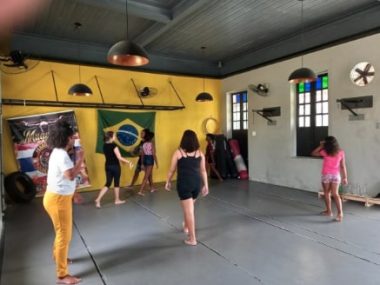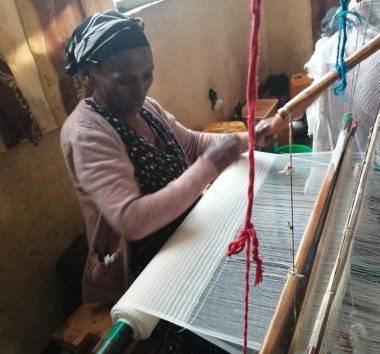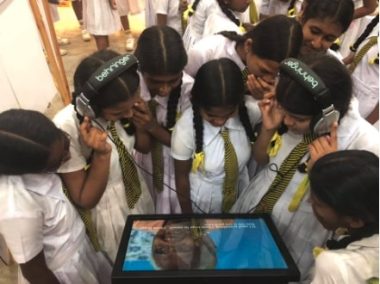The authors of Cultural Democracy in Practice present a “simple” proposition, “that art and culture is unbounded, and encapsulates all kinds of activities—from the personal to the collective, informal and formal, from grime to opera, knitting to line dancing, the West End to fringe to gardening, cooking and everything in between. Cultural Democracy underpin a culture that is debated, designed, made…by, with and for, everyone.”
While widening access and “democratisation” of an end product is an important consideration, it shouldn’t be the only consideration (or something tacked on at the end). Democratic principles should underpin all stages of a project and be part of an organisation’s overall strategy and vision.
So how do we move from an idea of democratisation of culture to a proactive process of cultural democracy? How do we address the hard questions about the professionalisation of the arts, capital, implied hierarchies, ideas of access and open decision making?
Instead of just asking for community feedback, facilitate community co-creation. Move people from being only audiences, to being active participants. Instead of launching an initiative and marketing it to a ‘diverse community’, work with people from the community to co-create and market a programme.
By making cultural democracy a core organisational value, you can abandon rigid one-way frameworks. The result is collaborations and long-term relationships that benefit all stakeholders.
This website focuses on ethno-cultural, migrant, refugee and minority ethnic racial equity in the arts and creative sector. Working with First Nations communities and cultural material requires very specific frameworks, protocols and standards that this website does not attempt to address. Find out more.











